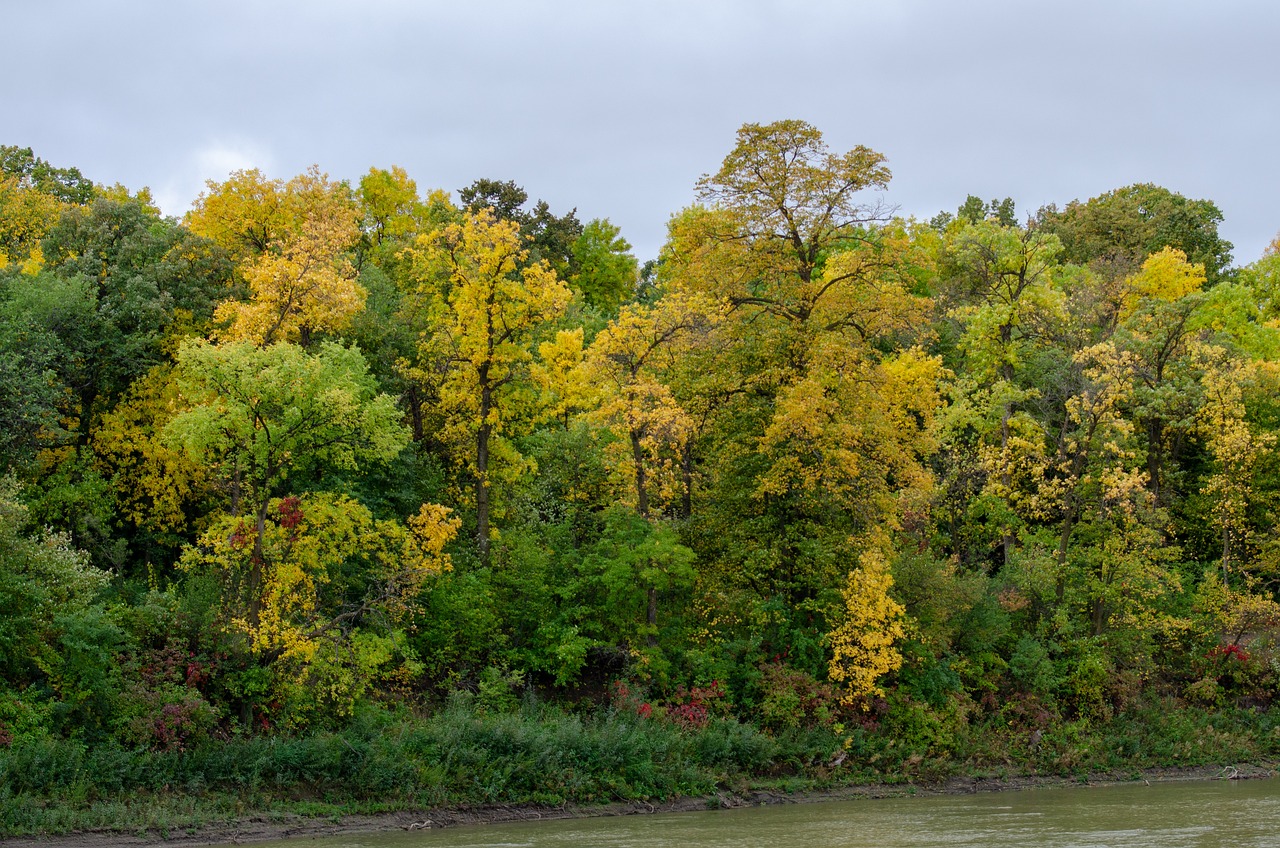Sustainable forest management is a crucial approach to ensuring the long-term health and productivity of forests while balancing environmental, economic, and social aspects. It can also be viewed as the process of keeping forests in the right condition so they can be utilized and enjoyed by future generations and, at the same time, keep taking in more carbon than they emit. In order to accomplish this, experts in the field make use of research and standards to ensure that these resources continue to play a significant role in the wellness of people.
The Importance of Sustainable Forest Management

Most people are not familiar with why it is essential to sustain these natural resources. In this regard, below are some of the key reasons why it is of utmost importance.
- Climate Change Mitigation: Because they store carbon dioxide, forests are essential for reducing climate change. Greenhouse gas emissions can be decreased, and carbon sequestration can be improved with the use of sustainable management techniques.
- Biodiversity Conservation: This natural resource is home to a wide range of plants and animals. With the help of this sustainability, biodiversity can be appropriately preserved by protecting and restoring habitats and making sure that the resources available are utilized wisely.
- Water Conservation: Since many rivers and streams originate in forested areas, trees are essential for controlling the water cycle. Using these techniques can contribute to the preservation of water quality and guarantee a steady supply of water for ecological and human requirements.
- Social-economic Benefits: There are lots of socioeconomic advantages provided by trees, such as timber, non-timber forest products, and ecotourism. Through improved livelihoods and local economies, sustainable methods can ensure the long-term use of available resources.
- Cultural Values: Many communities all over the world place great cultural and spiritual value on woodlands. These qualities can be safeguarded and preserved, which also ensures that forests continue to be a source of cultural legacy and identity.
- Disaster Risk Reduction: Natural disasters like floods, landslides, and droughts can be lessened by woodlands. The likelihood and severity of natural catastrophes can be decreased, and forest resilience can be increased.
Strategies and Techniques to Consider
There are various strategies and methods that can be used for sustainability when it comes to forest management. Below are some of the strategies that can be considered:
- Forest Certification: Certain Forest certification schemes, including the Forest Stewardship Council (FSC) and the Endorsement of Forest Certification (PEFC), provide a framework for substantial forest management by establishing standards for responsible practices.
- Reduced-Impact Logging: This strategy involves harvesting trees in a way that minimizes the impact on the forest ecosystem. It includes making use of methods such as directional felling and reduced logging road density to minimize soil disturbance and habitat loss.
- Landscape Restoration: This approach has to do with restoring degraded forest areas to their original state through techniques such as natural regeneration and reforestation. It can help improve ecosystem services like water regulations and lots more.
- Participatory Forest Management: This method has to do with working with local communities in forest management decisions, recognizing their rights and knowledge, and providing them with incentives to participate in forest conservation and restoration efforts.
- Silvopastoral Systems: This means integrating trees into livestock grazing areas, providing all forms of benefit to the environment, such as improved soil fertility, extra income from timber and non-timber products.
- Payment for ecosystem services: In this strategy, communities or landowners are given financial rewards for preserving or improving forest ecosystem services.
To address the unique requirements and difficulties of various forest ecosystems and situations, these tactics and techniques can be combined and modified.
Environmental Benefits of Sustainably Manage Forests
Forests may frequently sequester, absorb, and store more carbon when they are managed well by thinning or active harvesting, replanting, and regeneration, boosting productivity, and enhancing planting material. The time of the final cutting is crucial because it can assist in avoiding fire disasters and pest damage if trees are harvested before they attain a mature stage where development is decreased.
Though the majority of the timber from such cutting will go to other sectors and fetch higher rates from those sectors, the landowner can make some extra money by selling lower-quality trees for biomass. Because highly valuable wood from collected trees can be employed to create timber for buildings, wood from performing forests also helps combat climate change. These wood products store carbon for long periods of time and can be used to replace fossil fuels after their useful lives are over.

